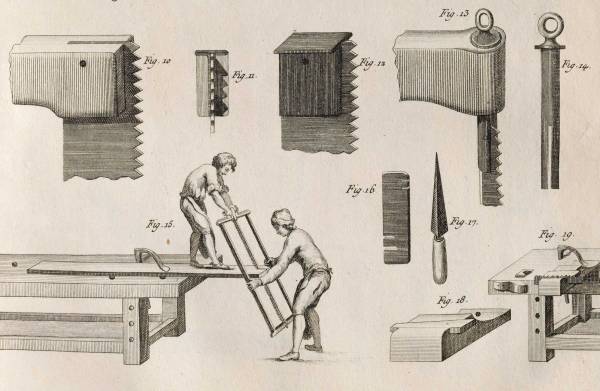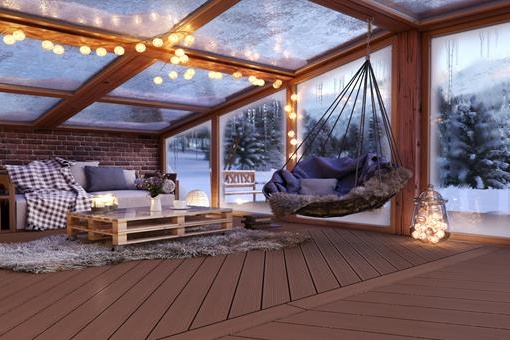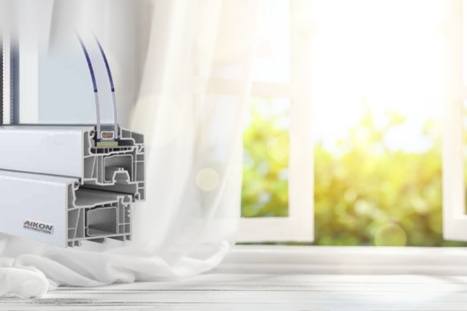‘To Make as Perfectly as Possible’ – Nitty-Gritty Details –

If you are considering plunking down $400 on a book, you have every right to ask questions. And while I’ve answered as many questions as I can in the last 24 hours via e-mail, I’d like to offer even more details about our two forthcoming books: “To Make as Perfectly as Possible: Roubo on Marquetry” and “To Make as Perfectly as Possible: Roubo on Furniture Making.”
Question: Why did you choose these two particular volumes – marquetry and furniture making – to translate and comment upon? Don’t you like carriage-making?
Answer from Don Williams: “These sections addressed the questions I had compiled over the past four decades in the business of finishing, patternmaking and restoration. It may be worth noting that this project began as a simple labor of love driven by my own curiosity, with originally no expectation of any audience interest.”
Question: WIll these two volumes be “complete” works?
Answer: Yes and no. The book on marquetry will include all four chapters that A.J. Roubo penned on ébénisterie. One chapter in the middle of this volume, Chapter 13: Tools and Machines for Furniture Making, fits better with the book we will be publishing on furniture making in 2014. So we moved it there.
Here’s what Don had to say about that: “(Chapter 13’s) inclusion here in the original was always an oddity to me, since it really has almost nothing to do with ébénisterie and has everything to do with menuiserie. So I removed it from the volume on marquetry and moved it into the volume on furniture making. Once you see the final product, I think you will agree with my decision. Incidentally this Chapter 13 is mammoth, almost twice as long as any other chapter in the entire corpus, weighing in at nearly 100 pages in the original. And even though it has been translated, I have not yet unified it but estimate it at nearly 50,000 words by itself!”
The second book on furniture making will be “nearly complete” in its scope. We opted to omit the section on beds and some of the sections on geometry. Don says: “I have omitted those sections that discuss in exhaustive(!) detail the role of geometric rendering and layout for mostly architectural elements.”
As someone who has paged through all five volumes, I concur that the geometry section is huge and relates mostly to large-scale architectural details.
Table of Contents
As requested, here is our table of contents for these two books. These are still a work in progress, though any changes would be minor. Note that the page numbers refer to the page numbers in the original text, not in our editions.
“To Make As Perfectly As Possible: Roubo on Marquetry”
An Essay on Appreciating and Measuring the Value of Hand Work p1242 -1254
Conclusion of the Art of Carpentry p1255-1264
The different woods appropriate for veneering pp766-814
Section I: Description of “Wood from India” and its qualities, relative to cabinetry.
Section II: French woods appropriate for cabinetry.
Section III: Different dye compositions appropriate for tinting wood and the manner of using them.
Section IV: Thinning of wood for veneer-making.
Description of tools of veneering.
Section V: Appropriate carcass construction for veneering, their manner of construction.
Simple Veneering: general instructions pp. 815-865
Section I: Various Kinds of Compositions.
a. Manner of cutting and adjusting straight pieces and tools for same.
b. Manner of cutting and adjusting curved pieces and tools for same.
Section II: Manner of gluing parquetry veneer.
a. Finishing of veneer and different types of polish.
Ornate Veneering, called mosaic or painted wood pp. 866-897
Section I: Principal rules of perspective absolutely necessary for cabinet makers.
Section II: Manner of cutting, shadowing and mounting wooden ornaments.
a. Manner of engraving and finishing wooden ornaments.
Section III: Representing flowers, fruits, landscape and figures in wood.
About the 3rd type of veneering in general (aka boullework-DCW) pp. 982-1031
Section I: Description of different materials for construction of the 3rd type of veneering.
Section II: The skills one uses in the 3rd type of veneering.
Section III: How to work the different materials used in marquetry, such as tortoise shell, ivory, horn etc.
Section IV: How to construct marquetry and how to finish it.
“To Make As Perfectly As Possible: Roubo on Furniture Making”
Proper wood for furniture making pp. 22-39
Different ways of assembling wood pp. 45-48
Proper tools for furniture makers: different types, forms and uses pp. 49-89
Drafting and gluing pp. 273-291
Section I: how to take measurements
Section II: About wood glues
Furniture-Making in general pp. 600-633
Chair making pp. 634-664
Making case furniture pp. 743-765
Tools and machines for furniture making pp. 898-981
— Christopher Schwarz




